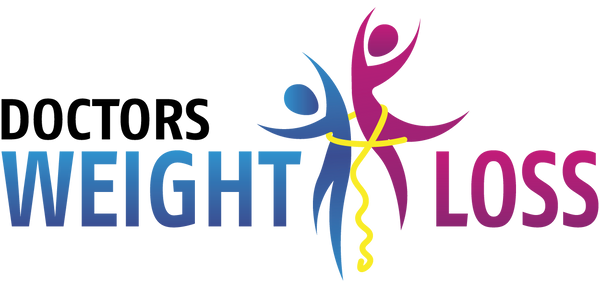One of the biggest contributing factors to weight gain is the incorrect portion sizes we have grown accustomed to in our society. The average American consumes 3,770 calories per day and that is almost twice as much as the recommended intake. The bigger issue is that an abundance of these calories are coming from empty selections such as cookies, donuts, sugary beverages, ice cream, potato chips, French fries, and fast food, so not only are we choosing the wrong foods, we are also doubling our portions. Most meals found in restaurants are two to three times larger than what our bodies actually require in one sitting.
It can be beneficial to have a general idea of many calories is right for you and your goals, since many people eat far more calories than their bodies need. Despite the fact that the main purpose of food is to fuel our bodies, it is commonly used for comfort, fun, social purposes, and a solution to boredom. Eating proper portions and not until you feel “stuffed” is a key component to achieving and maintaining your ideal weight. The average American is told to consume 2,000 calories per day but this figure is completely wrong for millions of people. For example, if you are a woman who is 5’4 and want to weigh 125 pounds, your required intake will range anywhere from 1400-1800 calories per day depending on age and activity level.
It is imperative to keep portions and caloric intake in proper ranges, however, a factor that is just as important (if not more) is making sure those calories are nutrient-dense. Eating 1800 calories of pizza, ice cream, and soda per day is extremely different than eating 1800 calories of green veggies, eggs, fish, low sugar fruits, and nuts per day. Choosing foods low in nutrients is very dangerous and may lead to vitamin, mineral, and nutrient deficiency which is linked to a host of health problems such as fatigue, osteoporosis, and even cancer. Moreover, when one eats a regular diet of empty calories and junk food, the body will have constant cravings as it’s searching for the nutrients it needs. If you’re one who prefers to track your calories and macros to ensure accuracy, that is perfectly fine, however, you are not beholden to it if you stick to high-quality calories and consciously listen to your body when feeling satiated. Here is a simple guide for realistic portions and the visual cues that go along with them:
Food Amount and Type: Caloric Intake: Visual Cue
1 cup cooked vegetables: 25 calories: one baseball
2 cups raw leafy greens: 25 calories: two baseballs
1/2 cup berries: 45 calories: one tennis ball
1/2 cup sliced tomato: 15 calories: one tennis ball
1/2 cup sliced avocado: 115 calories: one tennis ball
1 tbsp. healthy oil: 120 calories: three dice
1 oz. nuts: 160-205 calories: two golf balls
2 tbsp. nut butter: 95-170 calories: one golf ball
1 ounce cheese: 80 calories: one prepackaged slice
1 cup plain yogurt: 150 calories: one baseball
1 cup cottage cheese: 170 calories: one baseball
6 ounces chicken: 275 calories: 2 decks of cards
6 ounces steak: 320 calories: 2 decks of cards
6 ounces fish: 150-310 calories: 2 decks of cards
6 ounces shellfish: 130-170 calories: 2 handfulls
In addition to being mindful of the amount of food that is filling your plate, it's also important to really gauge how you feel while eating. Mindless snacking during a good book or movie can easily cause one to overeat. Setting focused time aside to have your meals and snacks, and keeping the following Seven Scales of Hunger in mind will help to avoid overeating.
Seven Scales of Hunger
7. About to burst: Ate way too much food but it was fun! Same feeling you may experience after Thanksgiving dinner or a birthday party and you think you may never want to see food again.
6. Extremely full: Feeling some discomfort/bloat and need to lie down.
5. Pretty full: Had a few extra bites after being satiated and won’t need to eat again for some time.
4. Comfortably satisfied: Ate to be content and not for sport; stopped when 80% full (this is easiest to attain when you eat slowly so your brain has time to signal to your stomach).
3. A tad bit uncomfortable: Didn’t eat quite enough (around 70% full) and feel a snack (or more) is needed in the near future.
2. Uncomfortable: May have the “growling” sensation in the stomach and or experience low energy.
1. Miserable: Extremely low on energy, unable to focus on tasks, and possibly irritable.
If you want to take all of the guesswork out of calories and portions needed for weight loss and management, leave it up to us to assist you with a customized meal plan found here. And of course, feel free to take advantage of our complimentary nutritionist services found here--you can book your free consultation today to get assistance with constructing the best meal plan for your goals.






